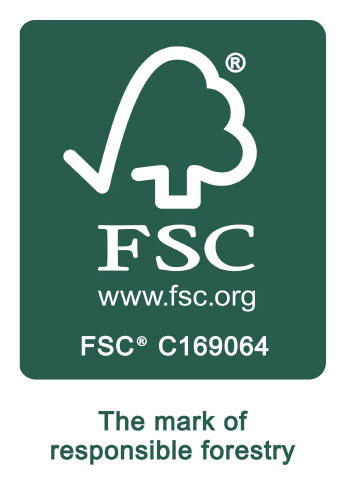We know that corrugated cardboard boxes are widely used because they offer strength and protection, as well as padding and insulation. Every day millions of fragile, delicate and valuable items are carefully packaged in cardboard boxes in order to keep them in pristine condition. Having said this, it still seems a little unusual to ‘package’ a baby in a cardboard box, but the idea is taking off.
Baby Boxes
The idea of using cardboard boxes as cots for new born babies dates back to Finland in the 1930’s. At the time boxes of basic supplies were provided to pregnant mothers in order to help out in the early stages of the child’s life. By 1949, the Finnish Government decided to provide boxes to all pregnant mothers who attended antenatal classes by their forth month of pregnancy.
The cardboard boxes include items such as nappies, bathing products, clothes, bibs, picture books and a blanket. It also has a small mattress that fits perfectly into the base of the box, which converts it into a bed. This offers all babies a clean, safe and comfortable place to sleep.
When the initiative was first introduced, infant mortality rates in Finland were relatively high for Europe, but they are now one of the lowest in the world. One reason is that by encouraging mothers to antenatal classes they are better supported, monitored and prepared for motherhood, as well as befriending other mothers who can provide a longer term support network.
The boxes are easy to carry around, so can be placed in the same room as the mother to promote bonding, but they reduce the number of people who sleep with the baby in the bed, which is a cause of suffocation. With essential products being provided babies born to poorer households also benefit from their parents having more of the things they need to give them a good start.
Global Initiative
Having seen the global interest in baby boxes, three Finnish fathers set up a company to produce, market and sell the concept to parents around the world. Other companies have since been set up and more and more parents are receiving these packs to help with their special delivery.
Across the world variations on the Finnish baby box are helping to address local causes of infant and maternal mortality rates. By encouraging more women to antenatal clinics, health issues and education on birth and parenthood are being addressed, which in itself reduces risks. In India mosquito nets and sterile birthing kits have replaced blankets, whilst in South Africa the cardboard boxes have been replaced by plastic ones, which can be used to bath the baby.
Developed countries are also signing up to the initiative. Texas has a higher than US average infant mortality rate due to babies sharing the bed with parents, so a scheme is being trialed there. Areas of Australia and Canada are also adopting the idea, along with the Queen Charlotte and Chelsea Hospital in London. With growing demand, it may become commonplace to see babies sleeping in cardboard boxes.
